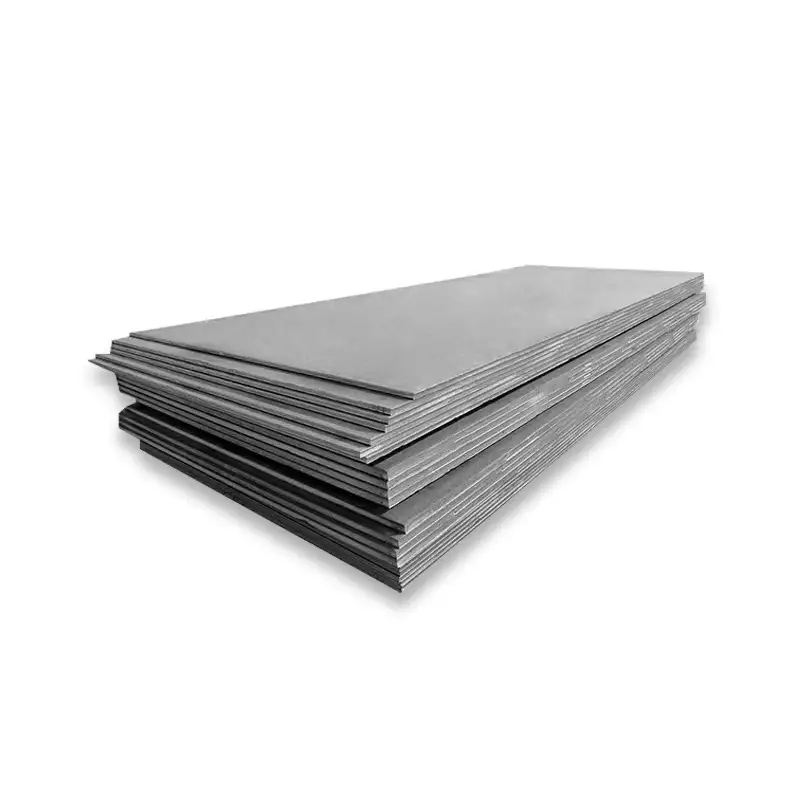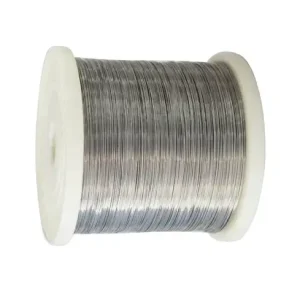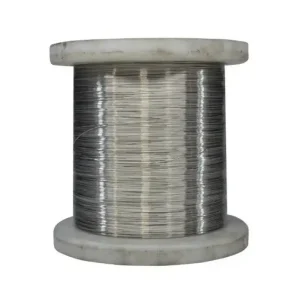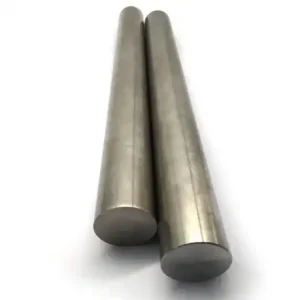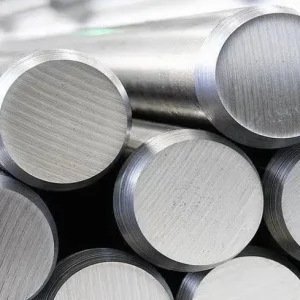ASTM A283 / Chinese Q195 cold-rolled steel plate is a low-carbon structural steel commonly specified where moderate strength and excellent formability are required; for general structural parts, light fabrication and welded assemblies it delivers dependable performance at a competitive cost, and MWAlloys supplies this grade from China with factory pricing and fast stock fulfilment for global buyers.
What is ASTM A283 / Q195 cold-rolled steel plate?
ASTM A283 is a U.S. material specification for low- and intermediate-tensile strength carbon steel plates manufactured for general structural use. It defines four grades — A, B, C and D — covering progressively higher maximum carbon limits and tensile ranges. The material is often produced in hot-rolled and cold-rolled finishes; when supplied cold-rolled, the plate gains improved surface finish and tighter thickness tolerances suited to forming and light fabrication.
Q195 is a Chinese carbon structural steel designation (GB/T 700 family) indicating a nominal minimum yield of ~195 MPa for typical thickness ranges. In practical trade it often appears paired with ASTM A283 in product listings because of similar uses and overlapping chemical/mechanical windows.
How the two standards relate
-
Practical equivalence: Industry practice treats A283 Grade B / Grade C and Q195 as near equivalents for many non-critical structural applications. That said, engineers must check the precise chemical limits, minimum tensile/yield and thickness-dependent test requirements before substituting one for the other in a specification.
-
When not interchangeable: Pressure-vessel, cryogenic, abrasion-critical, or high-fatigue parts typically require different, more tightly controlled grades — A283 should not replace a pressure-vessel grade unless the project specification allows it. Always confirm the required testing (impact, flattening, bend) and certification.
Chemical composition
The table below summarizes the chemical limits commonly quoted for ASTM A283 (by grade) and for GB/T Q195 (typical maximums). These are production limits; final mill test certificates (MTC) supply the exact analyzed values for a given heat.
| Element | A283 Grade A (max %) | A283 Grade B (max %) | A283 Grade C (max %) | A283 Grade D (max %) | Q195 (typical max %) |
|---|---|---|---|---|---|
| Carbon (C) | 0.14 | 0.17 | 0.24 | 0.27 | 0.12 |
| Manganese (Mn) | 0.90 | 0.90 | 0.90 | 0.90 | 0.20–0.50 |
| Phosphorus (P) | 0.035 | 0.035 | 0.030 | 0.030 | 0.035–0.045 |
| Sulfur (S) | 0.04 | 0.04 | 0.03 | 0.03 | 0.04–0.05 |
| Silicon (Si) | 0.40 (≤1½") / 0.15–0.40 (>1½") | same | same | same | ≤0.30 |
| Copper (Cu) | optional min 0.20 when specified | — | — | — | ≤0.30 (typical) |
(Sources: ASTM product tables and common mill datasheets summarized for clarity.)
Notes:
-
A283 lists silicon and copper limits that vary with thickness. Q195 limits follow GB/T arrangements and are optimized for general structural work.
-
Always request the mill test certificate: product analysis (heat) is the contract document.
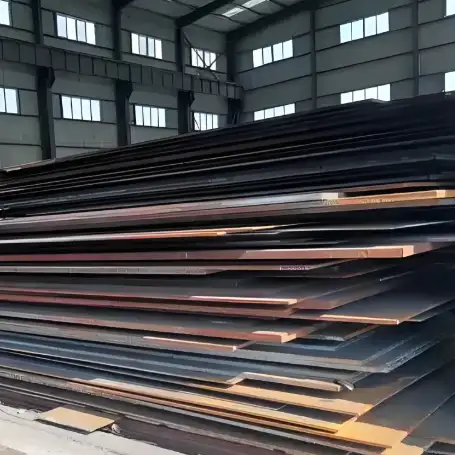
Material / mechanical properties
The following ranges represent typical mechanical characteristics engineers will reference when selecting A283 / Q195 material.
| Property | Typical range (A283 / Q195) |
|---|---|
| Yield strength (Rp0.2) | ~180–260 MPa depending on A283 grade; Q195 nominal ~195 MPa |
| Tensile strength (Rm) | ~360–480 MPa (A283 range); Q195 ~315–430 MPa (typical test window) |
| Elongation (%) | 20–34% (depending on thickness and grade) |
| Brinell hardness (HB) | ~110–140 (typical) |
| Modulus of Elasticity | ~190 GPa |
These performance windows make A283 / Q195 well suited to bending, forming and welded assemblies where high ductility is desirable.
A283 / Q195 Plate specifications
| Spec item | Typical values / options |
|---|---|
| Standards | ASTM A283 / GB/T 700 (Q195) |
| Available finishes | Cold-rolled (bright finish), hot-rolled, pickled, surface coated |
| Thickness range | 0.1 mm to 400 mm (mill capability varies; typical cold-rolled plate 0.1–6 mm, cold-rolled sheet and cold-rolled coil thinner) |
| Width | 100 mm – 3000 mm (customizable) |
| Length | 1 m – 12 m (or cut to customer length) |
| Delivery conditions | Annealed, normalized, pickled and oiled, or mill-as-rolled |
| Surface tolerances | Mill tolerance standard, or to customer drawing |
| Test reports | Mill Test Certificate (EN 10204 2.1/3.1/3.2 options usually available on request) |
Important: If your project requires impact testing, traceability to furnace number or third-party inspection (ABS, DNV, BV, SGS, etc.), specify this at order entry.
Sizes and weight — how to calculate
Basic weight formula (metric):Weight (kg) = Length (m) × Width (m) × Thickness (m) × Density (kg/m³)
Steel density ≈ 7,850 kg/m³.
Example: standard plate 2,000 mm × 6,000 mm × 16 mm (0.016 m)
Weight = 6.0 × 2.0 × 0.016 × 7,850 ≈ 1,510 kg.
Below are quick reference weights for common plate sizes (approximate):
| Thickness (mm) | Size (2000×6000 mm) – Weight (kg) |
|---|---|
| 3 mm | 283 kg |
| 6 mm | 566 kg |
| 8 mm | 755 kg |
| 10 mm | 944 kg |
| 16 mm | 1,510 kg |
| 25 mm | 2,360 kg |
(Use the formula above or a mill weight calculator for other dimensions.)
Common uses and fabrication notes
Typical uses
-
Structural components for light industrial frames, brackets and chattels
-
Formed panels and enclosures where surface finish matters
-
General fabrication: welded frames, supports, small machinery housings
-
Automotive and white-goods subcomponents (thin, cold-rolled forms)
-
Where cost efficiency and formability outrank high yield or specialty properties
Fabrication & welding
-
A283/Q195 welds readily by standard processes (MIG/MAG, MMA, TIG with appropriate filler).
-
Preheat is usually not necessary for thin material; for thicker sections follow WPS dictated by carbon equivalent.
-
Cold forming is favorable thanks to low carbon content; springback and work-hardening behavior should be considered during tool design.
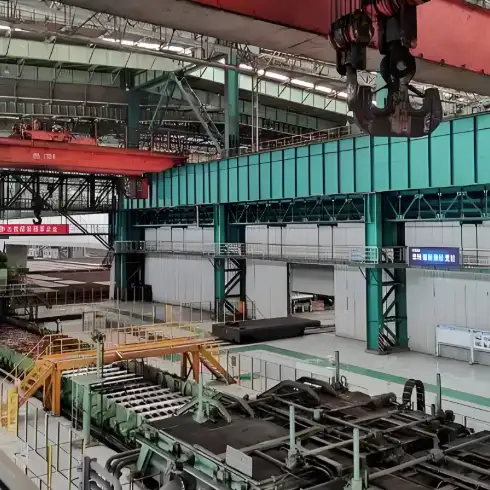
2025 Price comparison (United States, Europe, China)
Market prices move quickly. The table below provides spot/market index ranges observed in 2025 and should be treated as indicative; request an up-to-date quote from MWAlloys for firm factory pricing and freight options.
| Region | Typical product used as proxy | Representative 2025 spot / market range (USD / tonne) | Notes / source |
|---|---|---|---|
| United States | Cold-rolled coil / plate market indices | $1,000 – $1,200 / t (typical CRC/plate ranges reported mid-2025) | U.S. domestic mill and distributor indexes, May–June 2025 |
| Europe | Cold-rolled coil / plate market assessments | €700 – €1,200 / t (regional variance, southern Europe lower, import offers fluctuate) | MEPS / European spot commentary mid-2025 |
| China (domestic Q195 supply) | Q195 plate listings and online factory offers | US$220 – US$600 / t (wide online listing range; bulk mill orders differ) | China supplier marketplace ranges and dealer indices, 2025. |
How to interpret: Chinese ex-works prices are often lower at the mill gate. For importers total landed cost includes freight, insurance, import duty and local processing. U.S. and EU prices include tighter supply dynamics and tariff regimes that pushed domestic price levels higher in 2025.
MWAlloys advantage: Because we are a Chinese factory supplier with stock, we can offer 100% factory pricing on many standard gauges and expedite shipments from regional warehouses; contact us with dimensions and required MTC level for a locked quote.
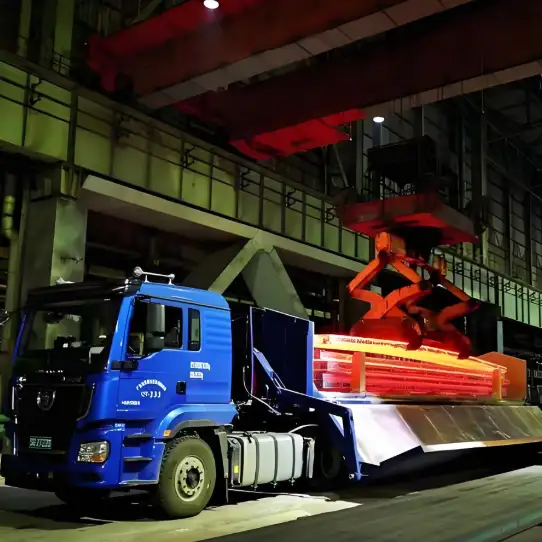
Quality control, inspection and certifications
When specifying A283 / Q195 plates, ask your vendor to supply:
-
Mill Test Certificates (EN 10204 3.1 or 3.2 where required)
-
Heat / furnace number traceability on the MTC
-
Third-party inspection (BV, SGS, DNV, ABS) if project requires it
-
NDT reports (UT/UT spot checks) for thicker plates or critical uses
-
Surface finish inspection (pickling, bright cold-rolled ratings)
Adopting a clear inspection plan prevents disputes on acceptance at arrival.
MWAlloys offering: mill attributes and service proposition
MWAlloys supplies A283 / Q195 cold-rolled plate from Chinese mills and stock warehouses with the following selling points:
-
Factory direct pricing: we sell at factory (mill) price levels for standard sizes and grades — transparent cost structure for B2B buyers.
-
Stock availability: regular inventories in multiple Chinese warehouses for fast dispatch.
-
Inspection & packaging: MTCs, traceability, and export-grade packaging available; third-party inspection optional.
-
Flexible cut-to-size and processing: shearing, edge-milling, annealing, and protective film available on request.
-
Logistics: small-lot LCL and FCL export options, FOB / CIF / DDP on request.
Contact MWAlloys procurement team with drawing pack or bill-of-materials and we will lock a quote including lead time and shipping options.
Frequently asked questions (FAQs)
1) Is A283 the same as Q195?
Not strictly identical but often treated as equivalent for general structural applications. Check the specific A283 grade (B/C/D) against Q195 mechanical and chemical requirements before substitution.
2) Can I weld A283/Q195 without preheat?
For thin sections yes; for thicker plates check carbon equivalent and follow a WPS. When in doubt, use low hydrogen consumables and follow standard weld procedures.
3) What finish should I order for painting or powder coating?
Pickled and oiled or mill-finished cold-rolled plates give good adhesion. For critical coatings request surface profiling and pre-treatment instructions.
4) Are impact tests required?
ASTM A283 does not mandate Charpy impact for every thickness/grade; project specs sometimes do. Specify if impact testing at sub-zero or specific temperatures is necessary.
5) What certificate levels are available?
Common options: EN 10204-2.1 (manufacturer’s statement), 3.1 (independent inspector), and 3.2 (national authority + inspector). Select according to purchaser requirements.
6) How do I convert plate weight from imperial to metric?
Use the metric formula noted above; many mill calculators accept inches/feet and yield pounds — then convert to tonnes (1 t = 1,000 kg) or short tons (2,000 lb).
7) Do A283 plates come cold-rolled in thick gauges?
Cold-rolling is typically used for thin gauges and sheet; very thick “plate” is usually hot-rolled. Verify mill process with supplier.
8) What is the lead time for stocked sizes?
If stocked in MWAlloys warehouse: typically days to 2 weeks depending on quantity and cutting/processing requests. For custom mill orders allow longer.
9) Can MWAlloys supply samples?
Yes. sample coupons and small cut pieces are available; larger sample plates can be quoted.
10) How volatile are prices?
Steel prices respond to raw-material costs, tariffs, regional demand and global trade flows — review market indices and ask MWAlloys for a dated quote to avoid surprises.
Authoritative references
- ASTM A283 / A283M — Standard Specification for Low and Intermediate Tensile Strength Carbon Steel Plates (ASTM International)
- GB/T 700-2006 — Carbon Structural Steels (English summary & purchase) — Chinese Standard (GB/T)
- MEPS — Cold Rolled Coil and European steel price indices (industry pricing service)
- World Steel Association — Data & World Steel in Figures (industry statistics & outlook)
- OECD / Steel Outlook 2025 — Market analysis and demand forecasts

